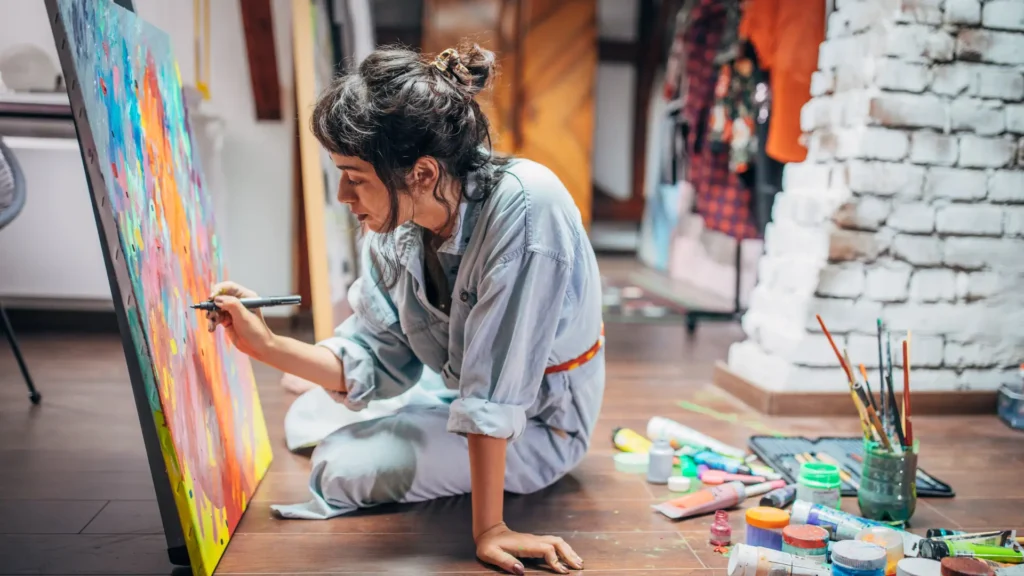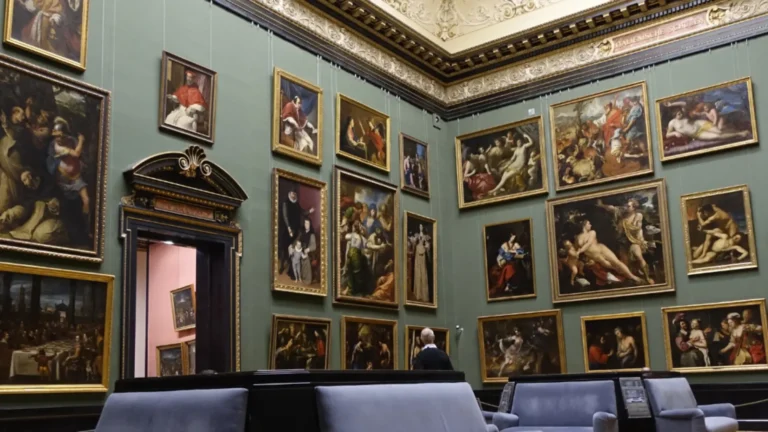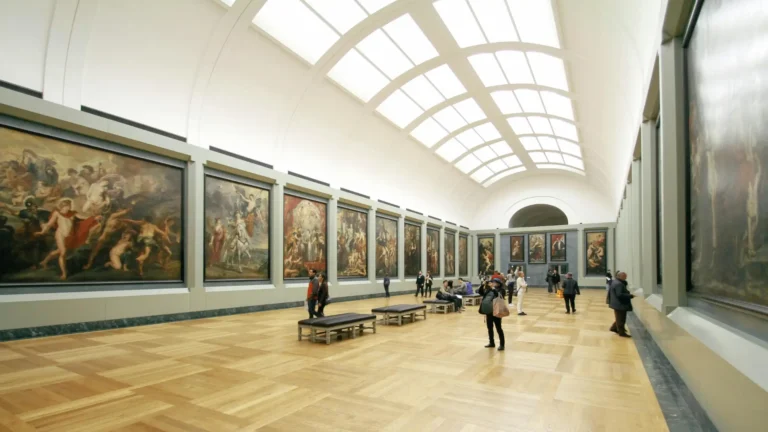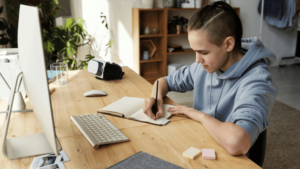Course Overview
Are you a budding Picasso or Kahlo? Our Art Techniques online course will develop your skills in drawing and painting, and spark your enthusiasm and creativity, as you embark on your artistic journey.
Written by practising artists, our Art Techniques online course is perfect if you want to build and develop your existing art skills. Previous students of this popular course often pursue their art studies long after course completion, with some eventually progressing to degree level.
From still life and the human figure, to getting to know your materials and the use of themes, this course explores the key techniques you need to draw and paint successfully. You’ll study and practise a range of core concepts such as line, tone, shape, perceptive and colour, as well as gaining an understanding of leading artists, both past and present.
Critically, our Art Techniques online course will encourage you to draw, whenever and wherever you can! This will improve your practical skills at a fast pace, whilst also enabling you to move in new, fresh creative directions!
-
Distance learning that fits around you
-
1:1 tutor support
Art Techniques at a glance
Here is what’s included in this online course
Online learning with support from a personal tutor
- Internet access
- Computer operating system and browser to support learn@nec
Please see below for the recommended art equipment needed for this course.
NEC’s guide to study skills: How to Succeed as an Independent Learner
24/7 access to learn@nec our virtual learning environment, the gateway to your course and the NEC community. All the resources you need to study are here and you have the flexibility to access them wherever you want, whenever you want
- Complete at your own pace
- Approx. 80 study hours, plus time for completing assignments
Support from a personal tutor for up to 12 months from your date of enrolment
- No previous painting or drawing skills are required
- An ability to read and write in English
- Recommended as suitable for adult learners only
10 assignments
No additional set texts required
Online learning with support from a personal tutor
- No previous painting or drawing skills are required
- An ability to read and write in English
- Recommended as suitable for adult learners only
- Complete at your own pace
- Approx. 80 study hours, plus time for completing assignments
NEC’s guide to study skills: How to Succeed as an Independent Learner
No additional set texts required
24/7 access to learn@nec our virtual learning environment, the gateway to your course and the NEC community. All the resources you need to study are here and you have the flexibility to access them wherever you want, whenever you want
- Internet access
- Computer operating system and browser to support learn@nec
Please see below for the recommended art equipment needed for this course.
10 assignments
Support from a personal tutor for up to 12 months from your date of enrolment
Online learning with support from a personal tutor
- Internet access
- Computer operating system and browser to support learn@nec
Please see below for the recommended art equipment needed for this course.
NEC’s guide to study skills: How to Succeed as an Independent Learner
24/7 access to learn@nec our virtual learning environment, the gateway to your course and the NEC community. All the resources you need to study are here and you have the flexibility to access them wherever you want, whenever you want
- Complete at your own pace
- Approx. 80 study hours, plus time for completing assignments
Support from a personal tutor for up to 12 months from your date of enrolment
- No previous painting or drawing skills are required
- An ability to read and write in English
- Recommended as suitable for adult learners only
10 assignments
No additional set texts required
Art materials
Paint media
Acrylic paints
You will need the following colours:
- Cadmium red
- Crimson
- Cadmium yellow
- Raw umber
- Ultramarine blue
- Monestial, Phthalo or Jenkins green
- Yellow ochre
- Black
- White
We recommend buying medium-size tubes for every colour except white, as these will contain around 38ml (depending on the manufacturer). The exception is white as you will require more of this colour, so we recommend a 120ml size tube. The above is a basic list to start you off; if you have particular preferences of your own, add them in.
Brushes
- You will need some large hog-hair brushes and some fairly small ones. The particular sizes are not important so long as you have a range of different sizes.
You will need the following paper, board and easels:
- Medium-weight white cartridge paper (about 120/m2 or 60lb) in at least sizes A4 and A2.
- Smooth drawing board (e.g. piece of plywood or block board around 15mm thick)
- Drawing pins, drawing-board clips, bulldog clips or masking tape
- An easel would be useful if you have one, but this is not required
Drawing media
Drawing media
- HB, 2B and 4B pencils
- Conté crayons in at least black and white colours
- A small bottle of black drawing ink and a drawing pen (experiment with different types of drawing ink, and other types of pen such as felt tips if possible)
- Fixative for pencil and/or charcoal drawings
- A soft eraser
You will need the following additional equipment:
- Metric ruler and a metal straight edge of about 60cm
- Stanley knife or sharp scissors
- Pencil sharpener
- Water pots
- Rags or kitchen paper for wiping and cleaning up
- Sketchbook of at least A3 size
- Smaller sketchbook that can fit in a pocket or bag
- Notebook for written notes which you will need to keep throughout your course
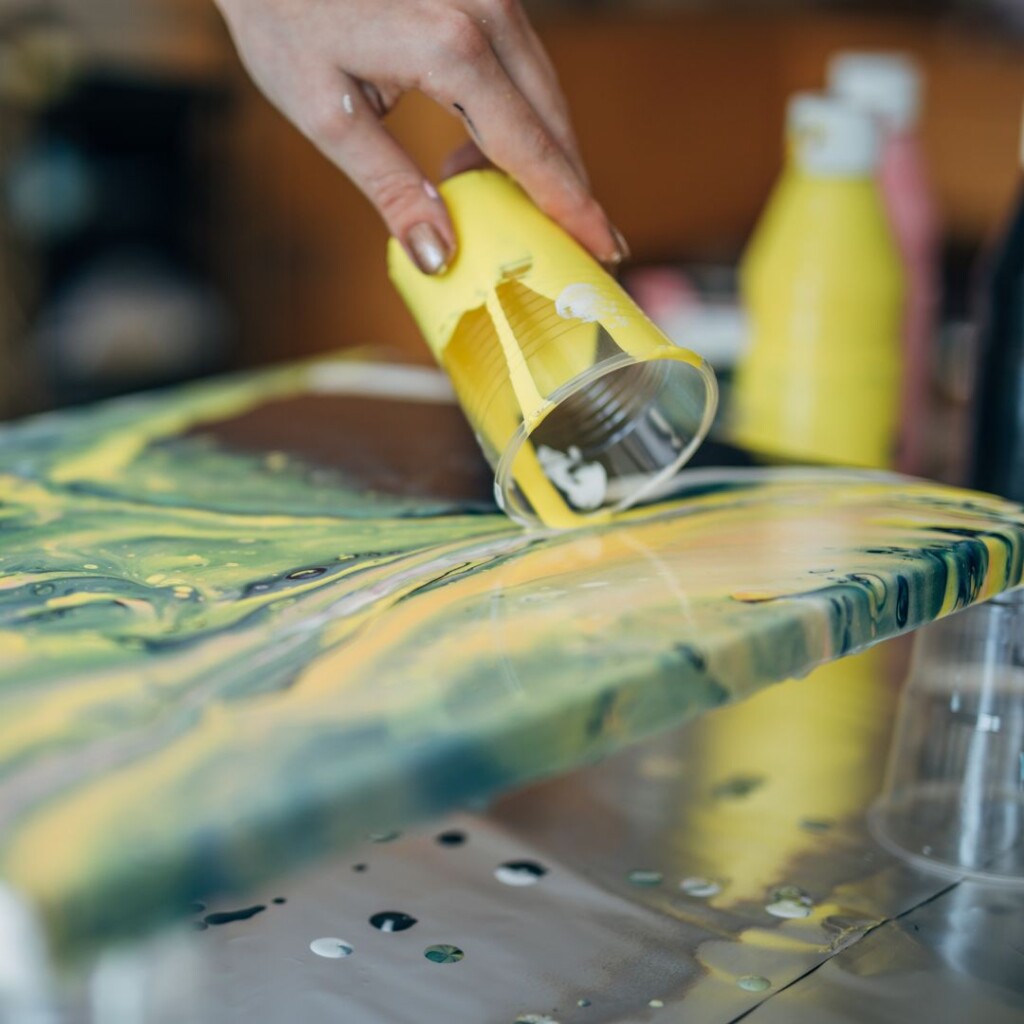
Why study Art Techniques?
If you enjoy drawing and painting, relish creative thinking and have an interest in learning more about famous artists, our Art Techniques online course is the perfect choice!
Whether you’re a doodler, have dabbled with water colours, oil paints or pastels – this practical course invites to expand your current skills across a range of media. Working at your own pace, using fully-illustrated, accessible course materials, with the support of an expert tutor, you’ll expand your technical knowledge and experience.
Our Art Techniques online course is ideal if you:
- Are a keen artist, either amateur or just starting out.
- Would like practical help and advice on how to improve your drawing and painting.
- Are interested in learning more about famous artists.
- Want to apply your artistic skills more effectively and enhance your technique.
- Enjoy exploring different media and techniques.
- Are studying another artistic course and want to complement your existing studies.
Future opportunities
Your next steps
- Studying our Art History course, or Art at GCSE or A level.
- Developing art techniques opens up a wide range of rewarding career paths in areas such as illustration, design, fashion, architecture and education.
Art Techniques taster
This free PDF taster provides an example of a topic from the course.
Download your free taster today, have a look around and contact us if you have any questions about the Art Techniques course.
Flexible payments and financial help
- As an education charity dedicated to helping independent learners achieve life-changing qualifications we want to keep fees affordable. All of our course fees are clear and transparent to help you plan for any additional costs.
- NEC’s fees offer some of the best value on the market, with multi-buy options, special offers, personal discounts and affordable finance options.
- Used responsibly, finance is a great way to spread the cost of your course. We’ve teamed up with Omni, one of the UK’s leading finance specialists.
- Depending on your own circumstances, there are a number of possibilities for getting help to fund your course.
Visit our Fee information page or


Study now, pay your way
It’s your choice: you can pay in full at the point of enrolment, or you can spread the cost over monthly instalments with our finance offer. We offer a choice of six or 12 month repayment plans, with 0% APR as standard.
To pay in instalments you will need to enrol by telephone.
The National Extension College (NEC) work with finance company OMNI. For more information on our relationship with OMNI and repayment plans see our Fee Information page.
| Course fee | £419 |
| Deposit | £41.90 |
| Amount of credit | £377.10 |
| Monthly payment | £31.43 |
| Duration | 12 months |
| Total repayment | £419 |
| Cost of credit | £0.00 |
| Rate of interest | 0% APR representative |

Enjoy 1-2-1 support from your course tutor
You’ll have access to support from a personal tutor.
All NEC tutors are subject experts, with experience of supporting online learners.
MORE ABOUT OUR TUTORS“I’ve been involved in distance education for many years, and have been a practising artist all my adult life. In my own creative practice, my main interests are in drawing, illustration, printmaking, animation and painting, and also digital art. Learning to draw is the platform for a satisfying creative adventure with art: looking intensively at the work of other artists is essential to developing your own work. My knowledge of art history means I can pinpoint examples of artists to help you develop your own practice. I have a first degree in Fine Art and English and a PGCE in Art Education.”
Talk to one of our course advisors
Unsure whether online self-study is right for you?
Our friendly Course Advice Team are here to help answer your questions and take you through your options.
- Book a call and someone will get back to you at a convenient time.
- Or contact us today by phone or email.
We’re waiting to help you get ahead and achieve your goals, your way.
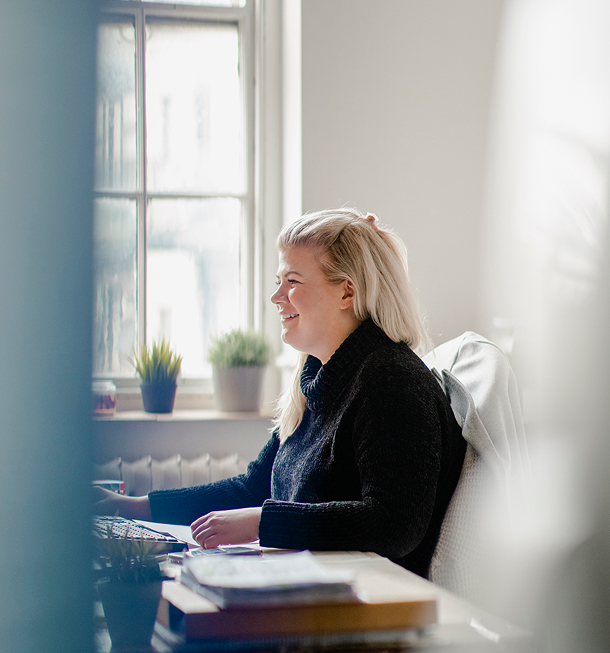
Frequently asked questions
Your common questions and concerns answered. Read more FAQs.
NEC offers flexible, online courses that you can study anytime, anywhere. When you enrol, you’ll receive a welcome email with login details for learn@nec, our virtual learning platform.
Our expertly designed courses include engaging materials, interactive learning activities, and selected online resources — all created by experienced teachers, examiners, and learning designers.
Our courses are designed to let you study at your own pace — all within a clearly defined enrolment period to help keep you on track. Many courses let you study your way, with flexible assignment deadlines to suit your schedule.
Yes. You can enrol any time and begin studying when it suits you.
If you’re planning to apply to university, and doing this course as part of your preparation, please be aware of application deadlines.
Yes — NEC is ideal for international students.
Our team is happy to help you explore your options.
People who study Art Techniques also take…
If you are interested in art or art history, have you considered these other courses.
Art History
If you’re a keen artist or art historian learn more about the history of art and the creative minds that drove change and inspired generations of future artists through this fascinating course.
A level History of Art
Explore how art captures history, expresses identity, and challenges ideas through our A level History of Art course.

